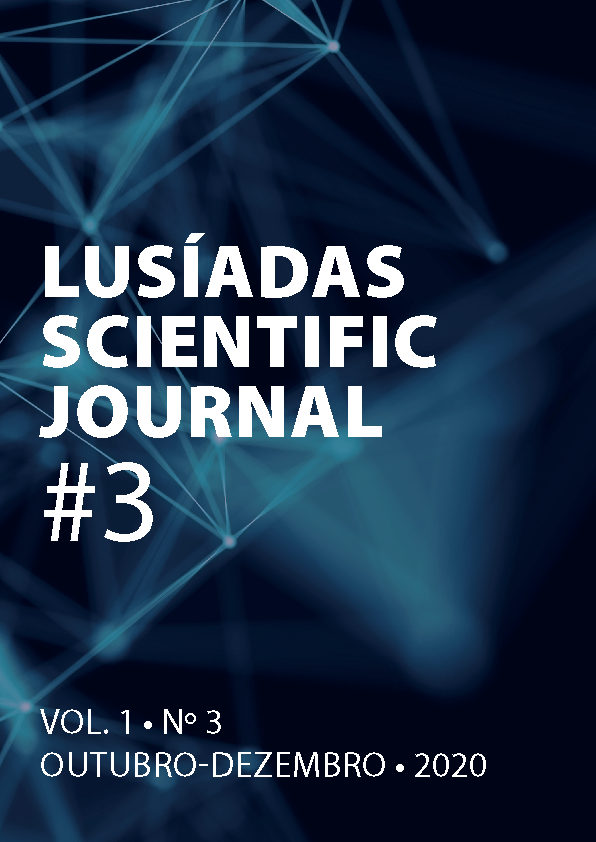Medical Images
SARS-CoV-2 Pneumonia: Initial Hypoxemia and Evolution to Bronchiectasis
Main Article Content
Abstract
Severe cases of COVID-19 can progress to acute respiratory distress syndrome (ARDS) and death. Chest radiography and computed tomography (CT) help to identify other underlying causes of ARDS such as superimposed bacterial pneumonia or congestive heart failure, although findings are frequently nonspecific.1
In acute exudative phase of ARDS, within the first week, CT demonstrates diffuse ground glass opacities in a posterior and basal predominance, and crazy-paving pattern. In a subsequent phase of ARDS consolidations may develop with reversible bronchiectasis and in the late phase of ARDS, more than two weeks after onset, CT images can show signs of fibrosis, with architectural distortion, reticulation, and traction bronchiectasis.2
References
1. Revzin MV, Raza S, Warshawsky R, Warshawsky R, D’Agostino C, Malhotra A, et al. Multisystem Imaging Manifestations of COVID-19, Part 1: Viral Pathogenesis and Pulmonary and Vascular System Complications. Radiographics. 2020;40:1574-99. doi:10.1148/rg.2020200149.
2. Pontone G, Scafuri S, Mancini ME, Agalbato C, Guglielmo M, Baggiano A, et al. Role of computed tomography in COVID-19. J Cardiovasc Comput Tomogr. 2020;S1934-5925:30436-6. doi:10.1016/j.jcct.2020.08.013.
3. Malik ZR, Razaq Z, Anwar MS, Bansod S, Umair M. COVID Causing Severe Bronchiectasis. J Surg Curr Trend Innov. 2020 (in press). doi:10.24966/SCTI-7284/100040.
4. Schwensen HF, Borreschmidt LK, Storgaard M, Redsted S, Christensen S, Madsen LB. Fatal pulmonary fibrosis: a post-COVID-19 autopsy case. J Clin Pathol. 2020 (in press). doi:10.1136/jclinpath-2020-206879.

